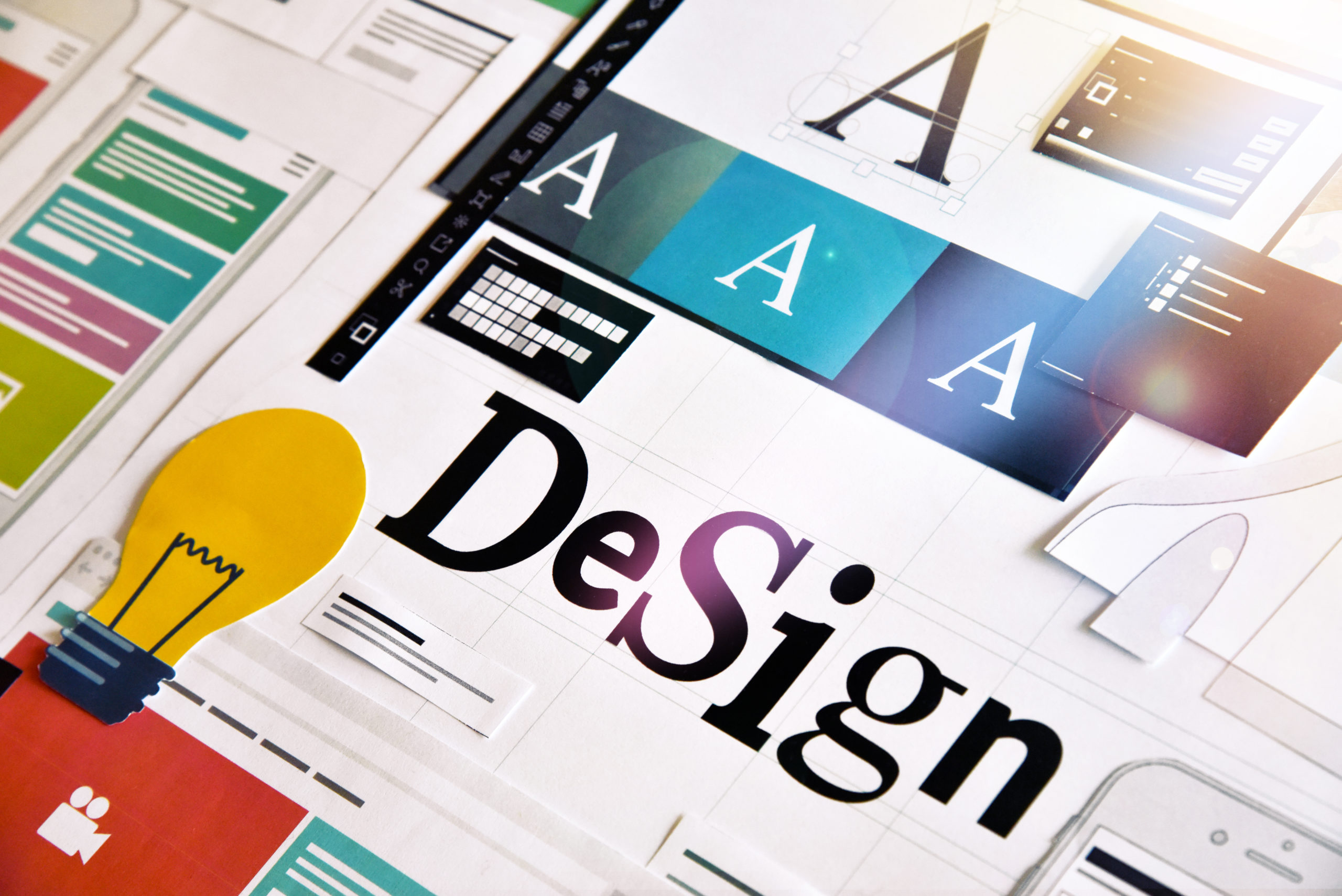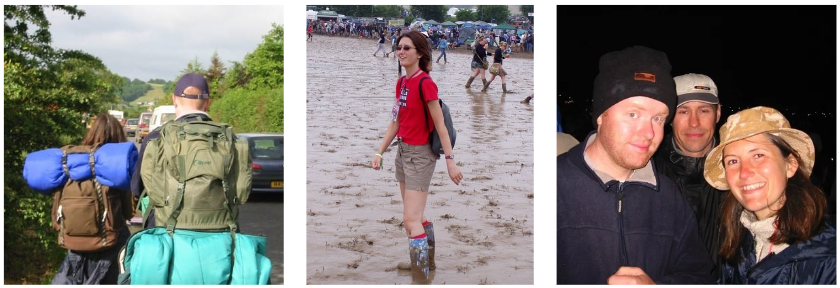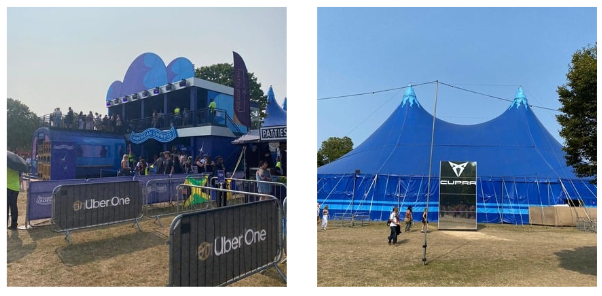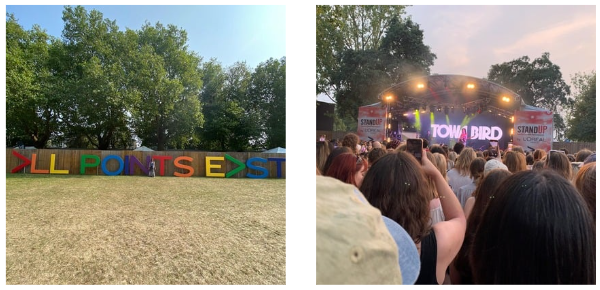In today’s fast-paced business landscape, intellectual property (IP) protection is crucial for safeguarding innovation and securing investment. In this article Two IP patent attorney Neil Kilpatrick explores the growing importance of design rights and highlights how businesses can leverage design protection to deter copycats and maintain a competitive edge.
If Dragon’s Den has given the UK public anything, it is the awareness that IP is crucial for securing investment and protecting businesses. Almost every enquiry I receive, from clients new and returning, focus on whether, and how, their latest innovation can be patented.
But in reality, not all products are new and inventive enough to meet the patent threshold. Other innovations, such as software or artistic creations are excluded from patent protection. Even for the best inventions, the patent process is a multi-year journey, with an often uncertain path towards protection. And of course if the idea has already been disclosed then a patent can be dead on arrival.
Fast fashion, or first follower?
Patents don’t suit all businesses. Whilst a patent covering product fundamentals is still the best way to secure market share, product innovation has become more and more focussed on the yearly update, the killer new feature, the brand refresh. IP filings are reflecting this trend. Patent filings are broadly flat over the past few years, whilst registered design filings are up 1154.9% between 2015 and 2023.1
Design, prepare, protect
Designs protect how a product looks. They are the perfect tool to deter and stop pure copycat competitors. Being a valid and issued IP right, they are a powerful tool for IP takedown action on the key online marketplaces.
The design system is flexible and made with business in mind. For the UK (and the US and Europe at least), designs can be filed up to 6 months after being disclosed. The process itself is also fairly straightforward and quick compared to patents. Produce the required formal drawings, submit the request and pay the (reasonable) official fee, address any formal objections, and receive an issued certificate. Timescales of weeks (c.f. years for patents) from start to finish provide quick business certainty.
Practical Tips
Up, down, left, right, top, bottom, and perspective. These are the standard typical views needed for a successful design filing. Consistency is key here – there can be no ambiguity between what is shown in one view and visible in another. Accordingly, the best design drawings are generated straight from the CAD file, albeit for designs we want technical line drawings. A technical draughtsman and attorney input here pays dividend in the long term.
The next question is what to show, what to emphasise, and what to omit. Is a particular colour key? Or are we interested in the colour contrast? Omitting all colour is broadest, but a blank box is not likely to be valid. Similarly, features can be emphasised or ignored by using dashed or dotted lines to disclaim elements.
Multiplicity
All the questions above give many branching options for what a design is focussed on protecting. Each design is a compromise between breadth and validity, and can’t do everything all at once. The design system knows this and has been set-up to encourage multiple design filings made together by tailoring the fee structure in this way. One design can emphasise features on the front of a design, a second features on the back, a third the overall shape or colour, etc. By building a thicket of protection around your core product you stop not just full copycats, but also companies who “take inspiration” from your ideas.
Enforcement
With your registered design you can now use it to protect your commercial advantage. Designs are powerful tools because they shift the onus for proving copying to the defendant. “Prove you didn’t copy my registered design” is a much harder question for a competitor to answer than any broad accusation that they did copy. Also, being a registered right, they are easy to use for online-marketplace takedowns, which are a powerful tool for quickly blocking the sales of competitors.
1. https://www.gov.uk/government/statistics/facts-and-figures-patents-trade-marks-designs-and-hearings-2023
If you would like further advice or support, please get in touch via our website here or email us at hello@two-ip.com.





